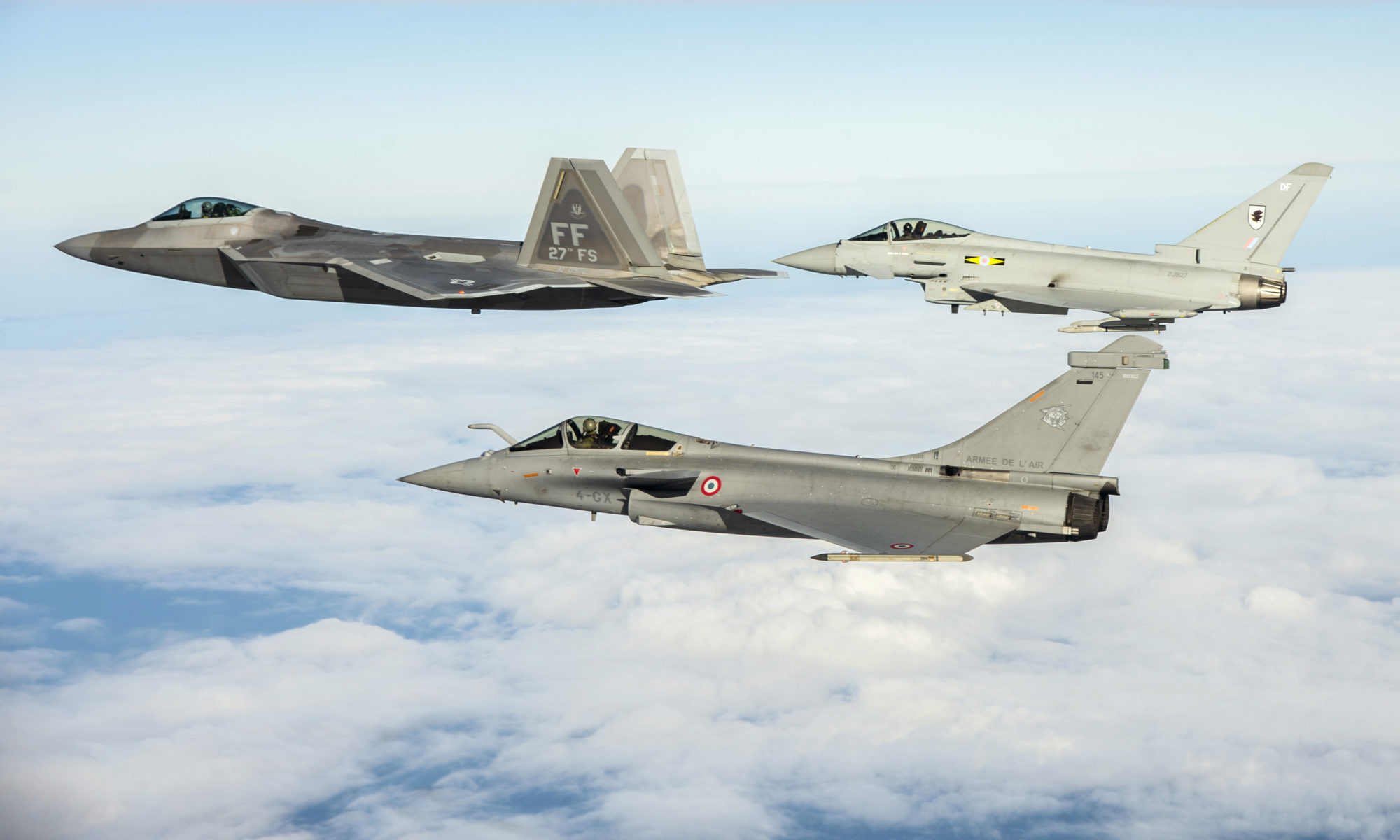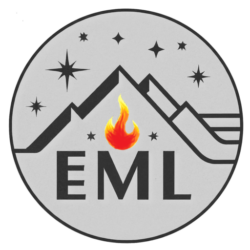What are we trying to achieve ?
The goal here is to decouple multiple phenomena using experiments such as thermo-gravimetric analysis, high-temperature creep and fatigue characterizations, that will help inform the development of state of the art models accounting for multiple lenght and time scales.
We receive several grants to finance this research:
- YIP Air Force : Microstructural Instabilities in Single Crystal Metals for Extreme Environments↗ (PI : J.B. le Graverend ; $358,869 ; April 2017-March 2021)
Abstract
As the US Air Force fleet continues to age, a greater portion of its budget will be required to ensure safe and effective operations beyond the design service life. In fact, for various military vehicles and platforms, the recommended service life for safe operation is projected to increase by a factor of 1.5 to 5 AFRL, 2014. The high demand for safety and cost reduction culminates in the case of materials systems operating under extreme environments such as turbine blades made of Ni-based single crystal superalloys. Turbine blades are used in the hot section of the engine and are, therefore, subjected to multiaxial high-temperature viscoplastic deformations, namely, creep and dwellfatigue, due to both their complex geometry and their advanced design, e.g., internal cooling channels aimed to increase the exhaust-gas temperature during in-service operations.
- NSF : Non-isothermal Viscoplasticity in Metals (PI : J.-B. le Graverend, Co-PI : A. Benzerga ; $488,001 ; May 2020-April 2023)
Abstract
The underlying hypothesis of this project is that the lattice misfit between phases in Nickel-based superalloys under certain non-isothermal loadings plays an essential role in enhancing creep performance at elevated temperatures. The project, therefore, rests on the transformative paradigm that ?hotter can be longer? depending on how the coherency stresses evolve. To test this hypothesis, the lattice misfit evolution will be tracked in new temperature/stress regimes by in situ X-ray diffraction under synchrotron radiation. In situ results will be used to correlate, at the macroscale, the non-isothermal mechanical responses. Furthermore, discrete dislocation dynamics simulations will be carried out to gain further insight into dislocation/precipitate interactions depending on the microstructural state and lattice misfit. These simulations will help identify and quantify competing mechanisms, e.g., climb/glide and self-interaction/precipitate hardening effects, which will qualitatively help explain experimental results.
- ONR : Unraveling High-Temperature Creep-fatigue-oxidation in Metals (PI : J.B. le Graverend ; $445,861 ; June 2020-June 2023)
- NSF : Collaborative Research: Embedding Material-Informed History through Fractional Calculus State Variable Formulations (PI : J.-B. le Graverend, Co-PI : D. Pagan ; $667,124 ; June 2024-May 2027)
Abstract
(coming)
- NSF : Strain-memory Effects on Solid-state Transformation (PI : J.-B. le Graverend, Co-PI : D. Hajovski ; $566,858 ; May 2024-April 2027)
Abstract
Extreme-environment materials require accurate performance (mechanical response and lifetime) predicting capabilities that will only be achieved by accounting for strain-memory effects. The synergistic experimental and modeling approach in this project will fill this knowledge gap by providing a fundamental understanding on how thermally- (actuation) and mechanically-induced (superelasticity) solid-state transformations are affected by the history of deformations. This will help formulate a unique two-surface crystal-plasticity model that will be at the cornerstone of improved predictive capabilities for the in-service thermo-mechanical responses of advanced materials with solid-state transformations. However, though crystal-plasticity modeling has many advantages, full-field simulations are computationally expensive and call for faster computational techniques while maintaining texture sensitivity. Hence, a graph neural network (GNN) will also be developed and trained with full-field simulations from crystal-plasticity modeling. The project will, therefore, bring forth accurate and fast predictions of strain-memory effects that will contribute to a long-term engineering solution for materials with solid-state transformation exposed to complex solicitations and microstructures.
Where can that be used?
Turbine blade in jet engines are subjected to simultaneous creep and fatigue loading leading to lifetime shorter than pure creep. Current models are not able to predict such trend because of a lack of understanding of the interactions between creep and fatigue. We are trying to remedy this!
Who is involved?
J.B. le Graverend (PI)
A. Benzerga (Co-PI)
D. Pagan (Co-PI)
D. Hajovsky (Co-PI)
H. Rajendran (alumni)
P. Chaugule (alumni)
A. O’Connell (Ph.D. Student)
J. Dominic (Ph.D. Student)
A. Cassagne (Ph.D. Student)
Who is funding?
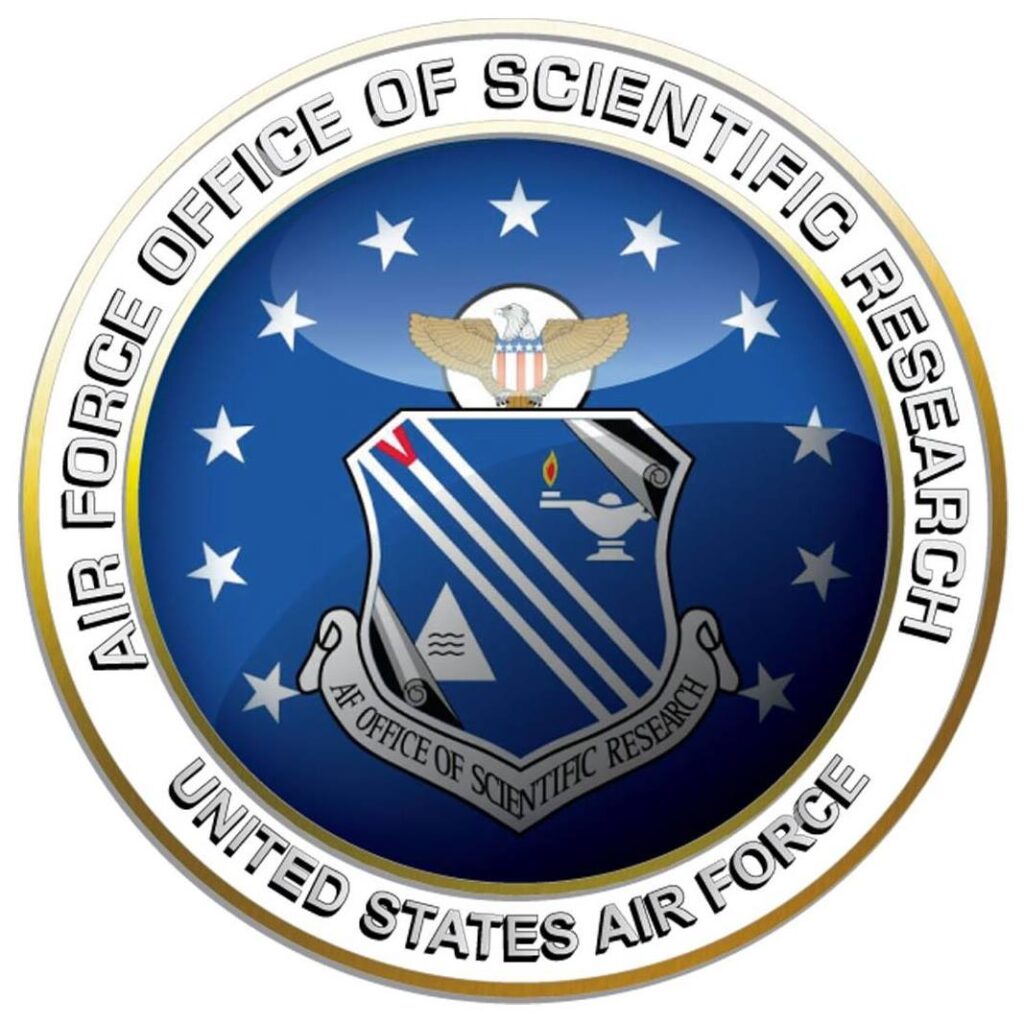
Air Force Office of Scientific Research
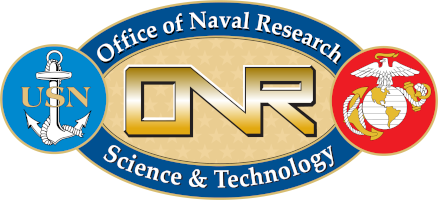
Office of Naval Research
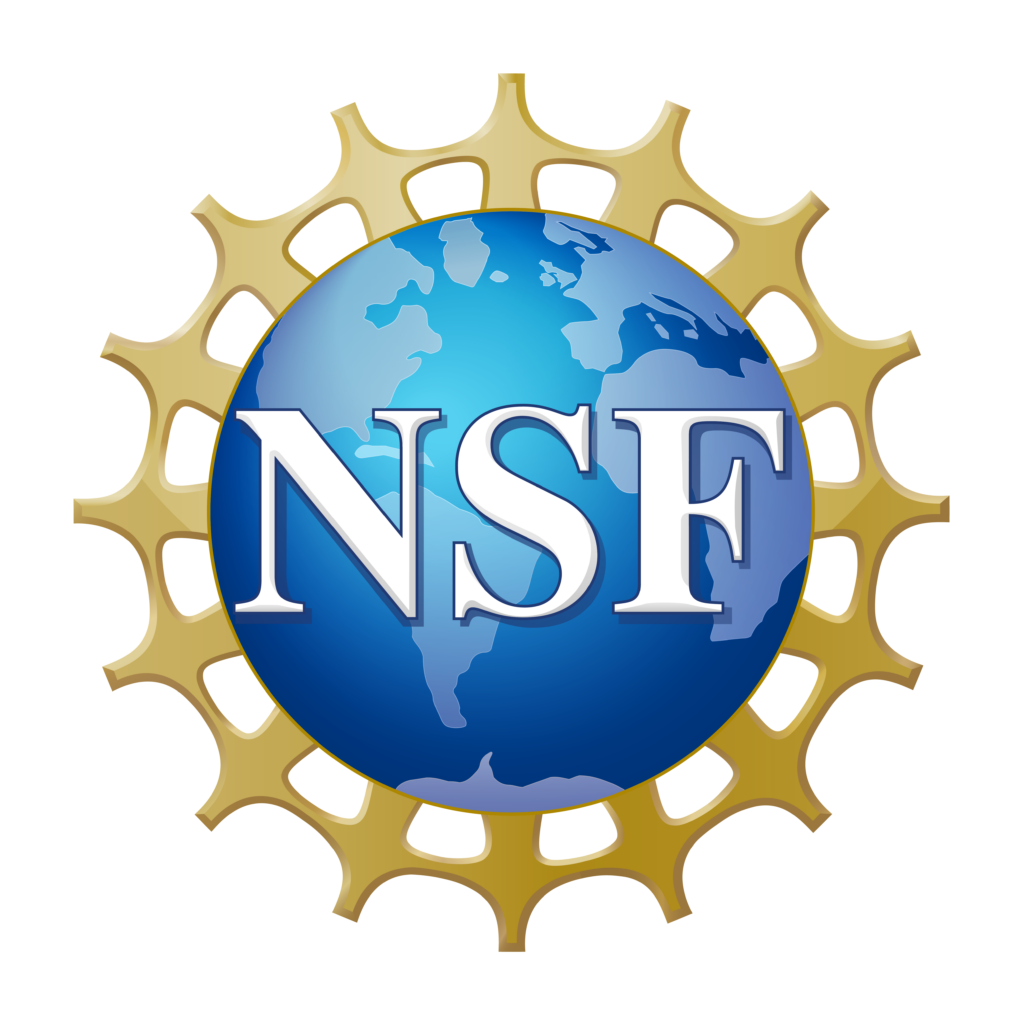
National Science Fondation

GE Global Research
Publications and Conferences
Published papers:
- Crystal-plasticity modeling of the coupling between phase transformation and viscoplasticity in high-temperature shape memory alloys
P. Chaugule & J.-B. le Graverend*
International Journal of Plasticity ↗, June 2022 - Phase transformation and viscoplasticity coupling in polycrystalline nickel-titanium-hafnium high-temperature shape memory alloys
P. Chaugule, O. Benafan & J.-B. le Graverend*
Acta Materialia ↗, December 2021 - A Lattice-misfit-dependent Micromechanical Approach in Ni-base Single Crystal Superalloys
J.-B. le Graverend* & R. Harikhrishnan
International Journal of Mechanical Sciences ↗, April 2021 - Phenomenological Modeling of the Effect of Oxidation on the Creep Response of Ni-based Single-Crystal Superalloys
J.-B. le Graverend* & S. Lee
Extreme Mechanics Letters ↗, September 2020 - A Hardening-Based Damage Model for Fast-Evolving Microstructures: Application to Ni-based Single Crystal Superalloys
J.-B. le Graverend*
International Journal of Plasticity ↗, March 2019 - A creep-damage phase-field model: Predicting topological inversion in Ni-based single crystal superalloys
R. Harikhrishnan & J.-B. le Graverend*
Materials & Design ↗, December 2018 - Ex-situ X-ray Tomography Characterization of Porosity During High-Temperature Creep in a Ni-based Single-Crystal Superalloy: Toward Understanding What Damage is
J.-B. le Graverend*, J. Adrien, J. Cormier
Materials Science and Engineering: A ↗, May 2017 - Creep of a nickel-based single crystal superalloy during very high temperature jumps followed by synchrotron X-ray diffraction
J.-B. le Graverend*, A. Jacques, J. Cormier, O. Ferry, T. Schenk, J. Mendez
Acta Materialia ↗, February 2015
Conferences :
- International Symposium on Superalloys, Virtual, September 13-16, 2021
Phenomenological Modeling of the Effect of Oxidation on the Creep
Response of Ni-Based Single-Crystal Superalloys
J.-B. le Graverend & S. Lee - TMS 2020, San Diego (CA), USA, February 23-27, 2020
A Damage Model with Oxidation Effects
J.-B. le Graverend & S. Lee - TMS 2020, San Diego (CA), USA, February 23-27, 2020
Phase-field-informed Modeling of γ’ Rafting in 3D during
High-Temperature Creep in Ni-based Single Crystal Superalloys
J.-B. le Graverend & R. Harikrishnan - Euromat 2019, Stockholm, Sweden, September 1-5, 2019
Phase-Field-Informed Modeling of γ’ Rafting in 3D during High-Temperature Creep in Ni-Based Single Crystal Superalloys
J.-B. le Graverend & R. Harikrishnan - TMS 2018, Phoenix (AZ), USA, March 11-15, 2018
A Physics-oriented Creep Damage Model for Single Crystal Superalloys
J.-B. le Graverend (Sp) - IUTAM on Multi-scale Fatigue, Fracture and Damage of Materials in Harsh Environment, Galway, Ireland, August 28-September 1, 2017
A Damage Density Function for fast Evolving Microstructures
J.-B. le Graverend (Sp) - ICTAM 2016, Montreal (QC), CA, August 21-26, 2016
3D Modeling of γ’-Rafting for Predicting Viscoplastic Deformations in Ni-Based Single Crystal Superalloys
J.-B. le Graverend (Sp) - TMS 2015, Orlando (FL), USA, March 15-19, 2015
Porosity evolution during high temperature creep tests in a single crystal superalloy by 3D X-ray computed tomography.
J.-B. le Graverend (Sp), J. Adrien, J. Cormier, F. Gallerneau, S. Kruch, J. Mendez
